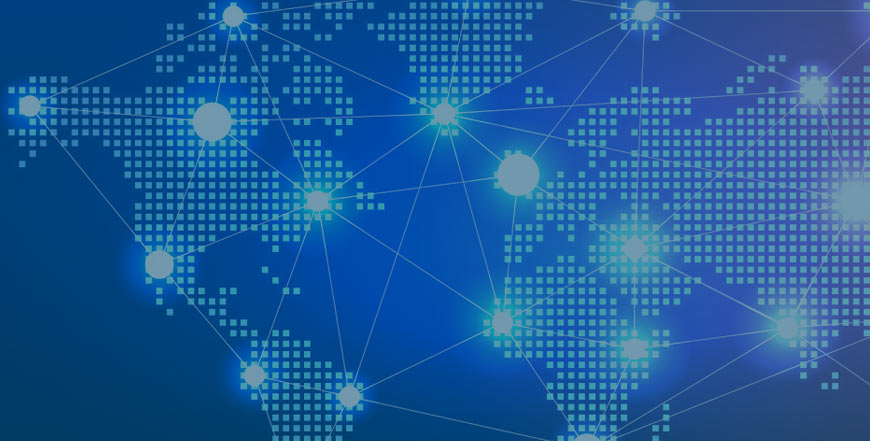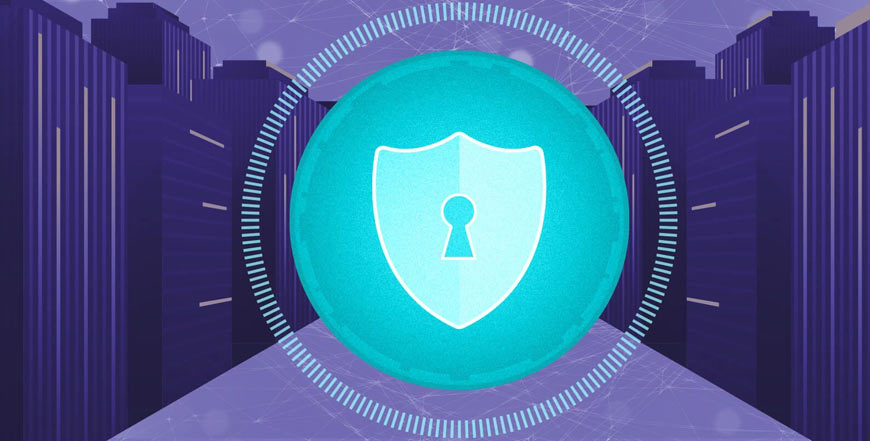
Latest News and Updates

100 Gbps Infrastructure Initiatives
As we move towards a more digitally connected world, the push for ultra-high-speed internet infrastructure is gaining momentum. The goal is to achieve 100 Gbps internet speeds, which will revolutionize how we live, work, and interact online. Here are some key initiatives and developments driving this transformation:
1. Global Fiber Optic Expansion
Countries around the world are investing heavily in expanding their fiber optic networks. This expansion is crucial for supporting the high bandwidth required for 100 Gbps speeds. For instance, the European Union's Gigabit Infrastructure Act aims to ensure that all European citizens have access to gigabit internet speeds by 2025, with a vision for even higher speeds[1].
2. Advanced Fiber Technologies
The development of advanced fiber technologies, such as Passive Optical Networking (PON) and Point-to-Point (PTP) Ethernet, is essential for achieving these high speeds. PON technology, which aggregates data from multiple users, is expected to offer 10 Gbps to each user by 2025 and 100 Gbps by 2030[2]. PTP Ethernet, which provides a direct connection from the home to the local access point, can also support these ultra-high speeds[2].
3. International Connectivity Projects
Several international projects are underway to enhance global connectivity. For example, Google's South Pacific Connect initiative aims to improve digital connectivity in the Pacific region through new subsea cables[1]. Similarly, the Umoja project will connect Africa directly to Australia, providing reliable internet access to historically underserved regions[1].
4. Digital Transformation Goals
Many countries have set ambitious digital transformation goals to ensure their citizens benefit from high-speed internet. The European Union's Digital Decade policy program aims for cross-EU access to fast gigabit connectivity and mobile data[1]. These goals are part of broader efforts to bridge the digital divide and ensure equitable access to digital resources.
5. Impact on Society
The expansion of 100 Gbps infrastructure will have profound impacts on society. In developed regions, it will enhance user experiences, support remote work, and enable advanced applications like virtual reality and telemedicine. In developing regions, it will provide reliable internet access, fostering educational opportunities, supporting e-commerce, and improving healthcare services[1]. The journey towards 100 Gbps internet is well underway, with significant investments and technological advancements paving the way for a more connected and digitally empowered world.
References
[1] International Efforts to Expand Fiber Optic Infrastructure




